Archives
- 2025-11
- 2025-10
- 2025-09
- 2025-03
- 2025-02
- 2025-01
- 2024-12
- 2024-11
- 2024-10
- 2024-09
- 2024-08
- 2024-07
- 2024-06
- 2024-05
- 2024-04
- 2024-03
- 2024-02
- 2024-01
- 2023-12
- 2023-11
- 2023-10
- 2023-09
- 2023-08
- 2023-07
- 2023-06
- 2023-05
- 2023-04
- 2023-03
- 2023-02
- 2023-01
- 2022-12
- 2022-11
- 2022-10
- 2022-09
- 2022-08
- 2022-07
- 2022-06
- 2022-05
- 2022-04
- 2022-03
- 2022-02
- 2022-01
- 2021-12
- 2021-11
- 2021-10
- 2021-09
- 2021-08
- 2021-07
- 2021-06
- 2021-05
- 2021-04
- 2021-03
- 2021-02
- 2021-01
- 2020-12
- 2020-11
- 2020-10
- 2020-09
- 2020-08
- 2020-07
- 2020-06
- 2020-05
- 2020-04
- 2020-03
- 2020-02
- 2020-01
- 2019-12
- 2019-11
- 2019-10
- 2019-09
- 2019-08
- 2019-07
- 2018-07
-
Similarly both neofunctionalization and subfunctionalization
2021-11-05
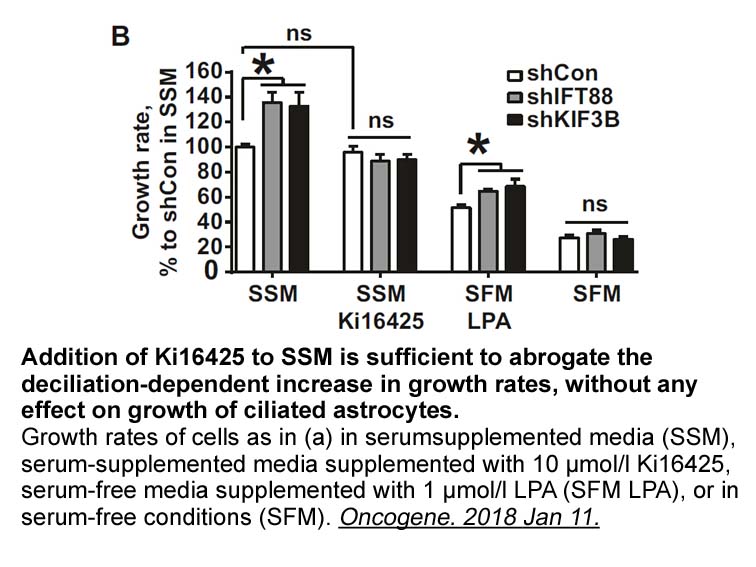
Similarly, both neofunctionalization and subfunctionalization likely occurred for the duplicated proglucagon genes. The change in function of GLP-1 would be a neofunctionalization, however in this case it acquired a redundant function – a function that largely overlaps with glucagon effects in the l
-
The experiments indicate that a major component of
2021-11-05
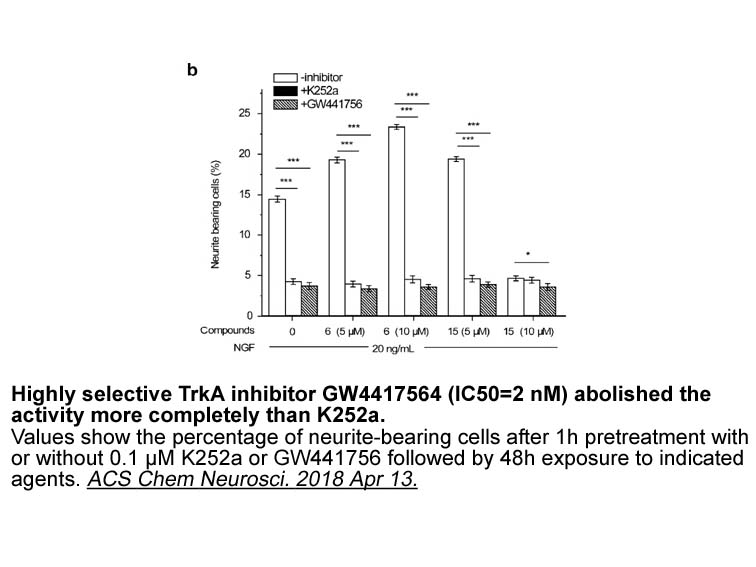
The experiments indicate that a major component of the vasodilatation is due to antagonism of α 1-adrenoceptors. Evidence for α1-adrenoceptor antagonism is that vasodilatation was observed in ANP (1-11), rat preconstricted with α1-adrenoceptor agonists, phenylephrine or methoxamine, but not in vess
-
br Conclusion and future directions GS
2021-11-05

Conclusion and future directions GS is an important therapeutic target for the treatment of Alzheimer's disease. Its structure and function have been studied during the last years to understand the substrate cleavage mechanism to modulate the Aβ42 peptide production. The recent elucidation of GS
-
A second H R antagonist with benzamide based structure from
2021-11-05

A second H3R antagonist with benzamide-based structure from Johnson & Johnson is JNJ-31001074, known as Bavisant and under chemical IUPAC name of (4-cyclopropylpiperazin-1-yl)-[4-(morpholin-4-ylmethyl)phenyl]methanone. It is a compound with molecular weight 329.44, HBA four, and MLogP 1.52 encompass
-
br Acknowledgements and disclosures This work was supported
2021-11-05

Acknowledgements and disclosures This work was supported in part by the National Institutes of Health (R01 HL-131673-01A1) and the Veterans Administration (BX-002539-01), United States. The authors have nothing to disclose concerning any conflict of interest. Introduction Adaptations are ofte
-
In the previous study concerning HO mediated inhibtion of
2021-11-05

In the previous study concerning HO-1-mediated inhibtion of HCV replication, the mechanism underlying IFN-α/β indcuction by HO-1 involved in HO-1-catalyzed heme metabolic product, biliverdin (Zhu et al., 2010; Lehmann et al., 2010). However, in the present study SnPP, an inhibitor of HO-1 enzymatic
-
HDAC enzymes oppose the effects of HATs by reversing
2021-11-04
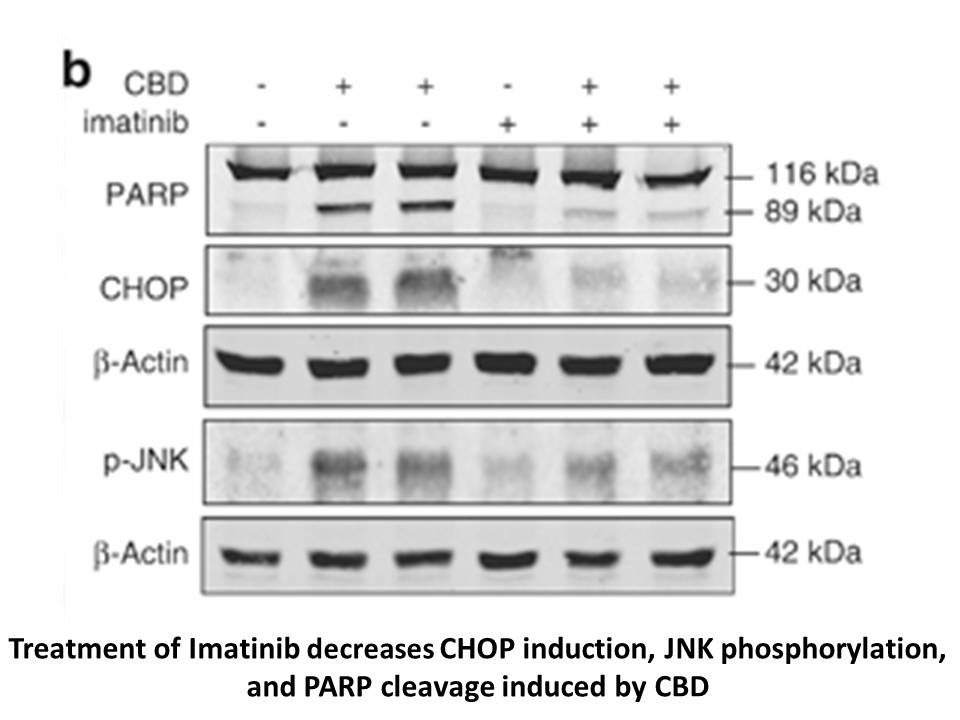
HDAC enzymes oppose the effects of HATs by reversing lysine acetylation, an action that restores the positive charge of the lysine thus stabilizing the local chromatin structure. By removing acetyl groups from ε-amino lysines of proteins, HDACs not only alter transcription, but also promote either t
-
The glycine receptor is an ionotropic neurotransmitter recep
2021-11-04
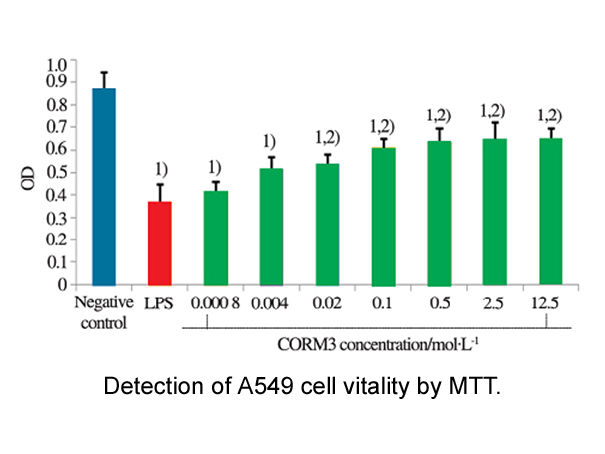
The glycine receptor is an ionotropic neurotransmitter receptor coupled to a chloride ion channel. Glycine receptors are typically described as inhibitory and distributed in the spinal cord and brainstem, though mRNA transcription labelling studies in rats show expression in the hippocampus, cingula
-
Finally it is possible that the increase
2021-11-04
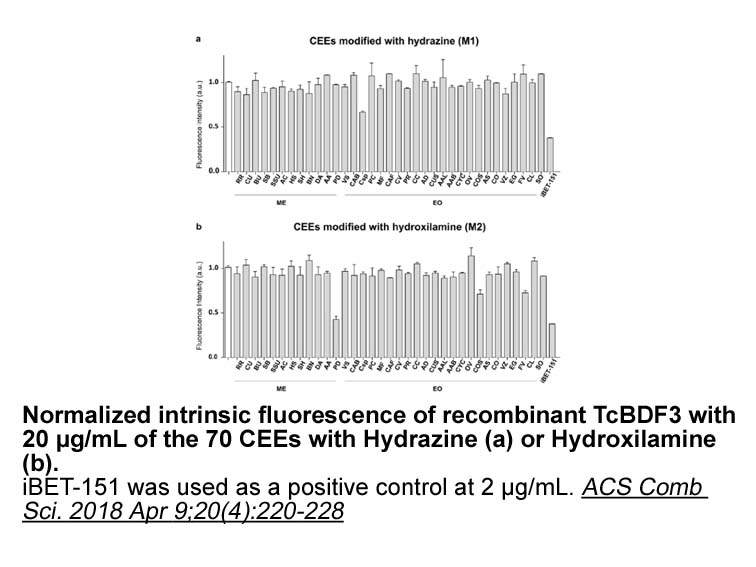
Finally, it is possible that the increase in the number of EAAT-3-labelled cells in the DG at PD 60, when compared with the control and experimental animals at PD 14, is associated with natural changes in the number of neurons present during the postnatal development of the hippocampus (41, 42) and,
-
The transporter was successfully expressed in
2021-11-04

The transporter was successfully expressed in MSCs and HEK 293 cells. In both cell types, the expression of YFP-EAAT2 was confirmed by immunological staining and flow cytometry. The functionality of the transporter was determined by [3H]glutamate uptake assays, and the blood glutamate-grabbing activ
-
GK allosteric activators validate the
2021-11-04

GK allosteric activators validate the importance of GK from a therapeutic perspective, but the nature of allosteric activation of GK remains unclear. The GK allosteric activator site, the pocket where GKAs bind, is ~20 Å remote from the active site (Fig. 1A). The allosteric site is the locus of many
-
br Structures of human secretase Before the near atomic
2021-11-04
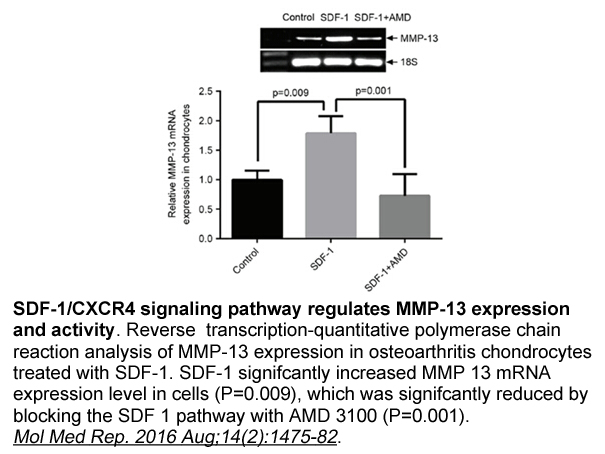
Structures of human γ-secretase Before the near-atomic resolution structures, the highest resolutions achieved for γ-secretase were 15 and 12Å [19, 21]. The 15-Å structure revealed a OSI-930 receptor chamber in the transmembrane domain and two pores at the top and bottom of γ-secretase, which we
-
Conclusion By generating high quality hypocotyl transcriptom
2021-11-04
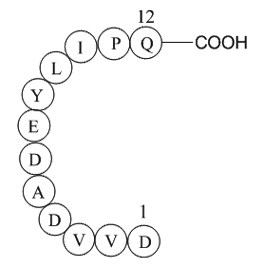
Conclusion By generating high-quality hypocotyl transcriptomes of a jute hypocotyl-defect mutant and its wild-type comprising the largest number of annotated unigenes (39,076), we identified a complete array of structurally and functionally diverse β-galactosidases. Our proposed domain-centric clas
-
Type II diabetes is characterized by
2021-11-04
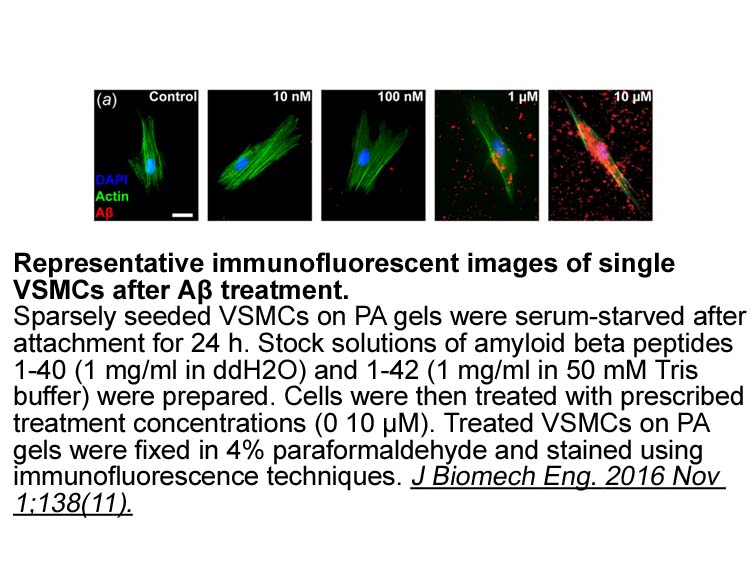
Type II diabetes is characterized by an inability to maintain glucose homeostasis due to insulin desensitization and/or insufficient insulin secretion. GPR40, also known as free fatty INCB028050 receptor 1 (FFAR1), is a member of the G-protein-coupled lipid-activated family of receptors and is prim
-
Although ALPS type is very rare with few
2021-11-04
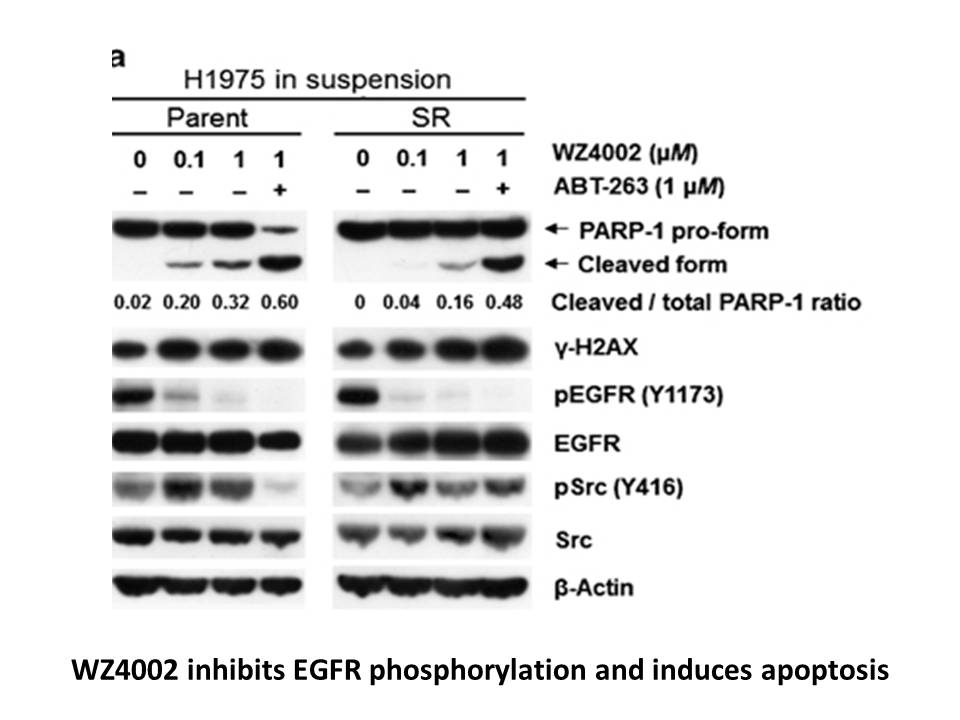
Although ALPS type 0 is very rare with few published cases, we herein report the clinical and immunogenetic characteristics of two additional unrelated patients from highly inbred North African population. Both patients present two rare splicing defects mechanisms in FAS gene inducing the skipping o
15328 records 580/1022 page Previous Next First page 上5页 576577578579580 下5页 Last page